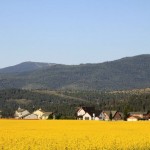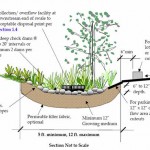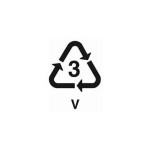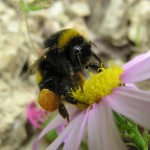
Canola Field in Lower Valley
by Catherine Haug, April 8, 2013
(photo, right, by Devvi Morgan)
On January 15, 2013, Kalispell CHS General Manager Mark Lalum and Bigfork’s Duane Johnson, owner of Clearwater Biologicals (vegetable oil milling) gave a presentation to the Flathead County Democratic Party and Central Committee at the Swan River Community Hall. Matt Naber reports (in the January 23 issue of the Bigfork Eagle) that agriculture is on the rise in the Flathead. From the article:
[According to] Kalispell CHS General Manager Mark Lalum …“Ag is considered a new wealth industry. It’s what’s making us have a higher standard of living because it’s bringing in wealth.” … Alfalfa’s worth increases to $1,950 per acre once turned into cubes or pellets. Canola’s value per acre increases to $1,314.46 per acre, and camelina’s increases to $2,493.09 per acre once processed [to oils].
Indeed, this is big money. However, please note that ALL 3 of these crops are GMO. I suspect that if a monetary evaluation of the harm done by GMO crops to our soil, water, and health were completed, it would show our collective citizen wealth in a tumult.
Across our nation, most of the acreage producing these crops are corporate farms owned by Big Ag companies like Monsanto. While this may not be true in the Flathead today, the potential to make big money from these crops could lure the corporations to our valley.
The article goes on to discuss the premium value of Montana wheat: (more…)





